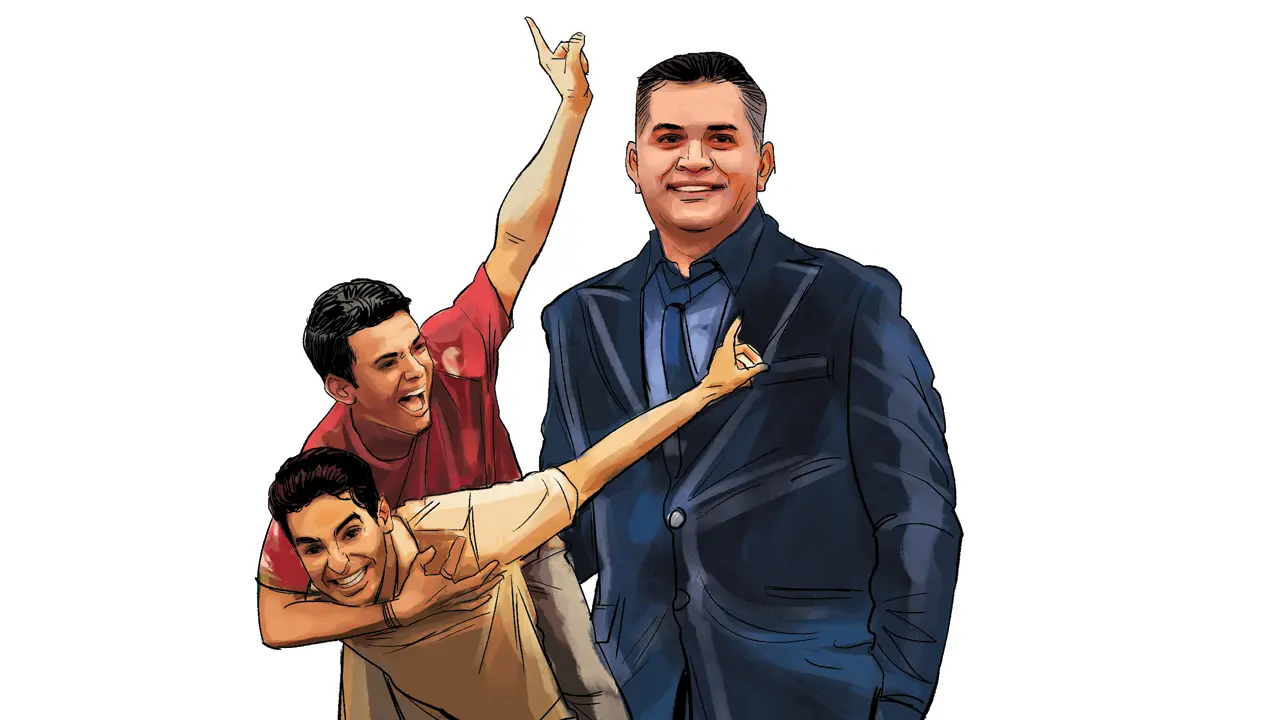[ad_1]
Gene editing is like Prometheus handing humanity the genetic matchstick—except this time, instead of fire, we’re toying with the instruction manual of life. It all started innocently enough, back in the 1970s, when scientists like Herbert Boyer and Stanley Cohen created recombinant DNA, enabling direct gene manipulation across species barriers. The 1980s saw the first genetically modified organisms and transgenic animals, while the 1990s brought the ambitious Human Genome Project.
Also Read: Genetically engineered animals are here: Regulation mustn’t get left behind
By 2003, scientists had mapped 92% of humanity’s complete genetic blueprint. The pace quickened with the 2012 invention of Crispr-Cas9, the tool that democratized precise genetic modification through its relative simplicity and affordability. In one bold move, we accelerated both progress and ethical concerns.
Crispr tech is precise, cheap and fast. It is already being used to cure genetic diseases. Between 2023-25, the UK and US approved therapies that cured—and not just treated— sickle cell anaemia. Patients who lived their lives with chronic pain and blood transfusions are now free of the illness.
Crispr tech do-it-yourself kits can be bought online. It sounds like a great Diwali gift, until someone starts editing mosquitoes to spread designer viruses or resurrects smallpox as a prank. Amazing and terrifying.
Scientists, meanwhile, are re-programming immune cells to target tumours with high precision. Plant engineering is equally promising. We could soon have drought-resistant rice and bananas that resist going brown. More nutritious and resilient crops that can withstand climate change could revolutionize food security worldwide.
Also Read: Colossal Biosciences’ dire wolf pups aren’t proof of gene-tech defeating extinction
As for genetic re-engineering being a bugbear, the Lulu and Nana controversy is a prime example. It involved twin girls born in November 2018 who were the world’s first known genetically modified humans, edited as embryos by scientist He Jiankui. He introduced a mutation to make the gene HIV resistant (the girls’ father was HIV-positive while their mother wasn’t). His secret research was exposed when documents appeared in China’s clinical trials registry and other international publications.
The case highlighted the reality of designer babies and underscored the urgent need for an international oversight and governance framework. Genetic inequality has moved beyond science fiction. Today, gene enhancement is available, even if only at a prohibitive cost.
Cloning is another contentious issue that hit the news in 1996, with Dolly being the first cloned mammal. While animal cloning is practised in agriculture and conservation, human cloning remains ethically questionable and mainly in the realm of science fiction.
Also Read: Genetic studies: Let’s cast a wider DNA net
The question of whether human genes should be patented is a hotly contested one. While patents incentivize research and drive innovation, critics argue that naturally occurring genes belong to the entire human race. A 2013 US Supreme Court ruling against Myriad Genetics that invalidated patents on naturally occurring genes like BRCA1 and BRCA2 (linked to breast cancer) set a legal precedent. Yet, synthetic or significantly altered genetic sequences remain patentable.
Now let’s then address the ‘mammoth’ in the room. Are we headed for a real-life Jurassic Park? The short answer is ‘no.’ We can’t recreate dinosaurs. DNA degrades too fast, with a half-life of about 521 years. The longer answer is ‘kind of.’
Colossal Biosciences, a US startup, is working on bringing back woolly mammoths by modifying Asian-elephant DNA. It has tried to resurrect the dodo and dire wolf. This is called ‘de-extinction,’ but critics call it “bio-dramatics with unpredictable ecological consequences.” Let’s not sugar-coat it. Gene modification could widen an already yawning gap between the haves and have-nots. Imagine rich engineered babies growing taller, smarter and resistant to everything except bad wi-fi, while the poor are stuck in queues for basic vaccines. Left unchecked, this could usher in genetic caste systems.
Humanity, never one to resist temptation, has already produced some genetic oddities. Nasa has gene-edited mice to grow larger muscles in space. Scientists are now editing weed to remove the high THC and preserve its medicinal value. And there are also glow-in-the-dark pets: fluorescent cats, pigs and even bunnies.
Gene-editing is a tool like fire or nuclear energy. Used wisely, it can rid us of suffering, feed billions and save species. Used recklessly, it can usher in a genetic dystopia.
The current thinking in science and bioethics is cautiously optimistic. Therapeutic editing is okay, enhancement for aesthetics, intellect or athleticism is hotly debated and editing embryos for heritable traits is mostly banned or heavily restricted, while reviving dinosaurs is not on. As Dr Ian Malcolm grumbled in Jurassic Park: “Your scientists were so preoccupied with whether or not they could, they didn’t stop to think if they should.” It’s finally time to confront that dilemma.
The author is a technology advisor and podcast host.
[ad_2]
Source link





